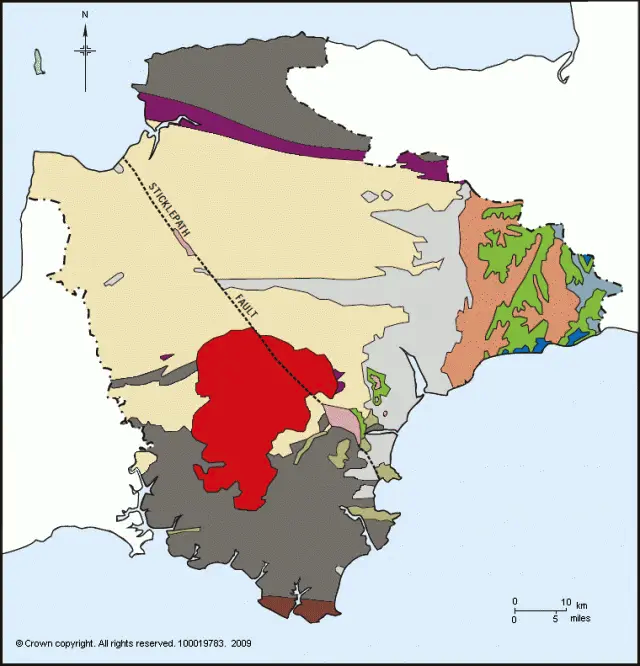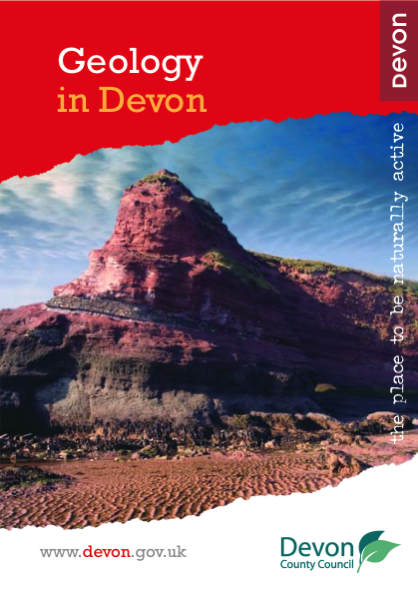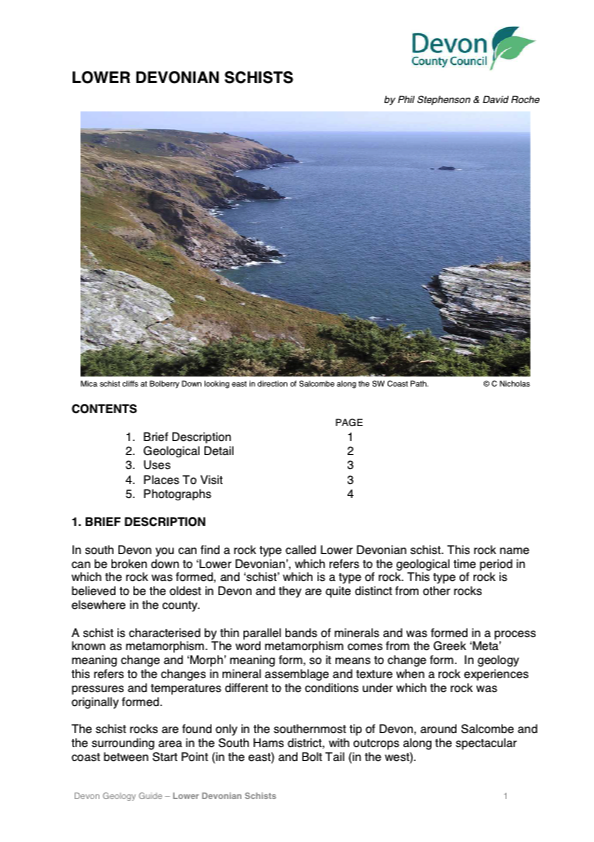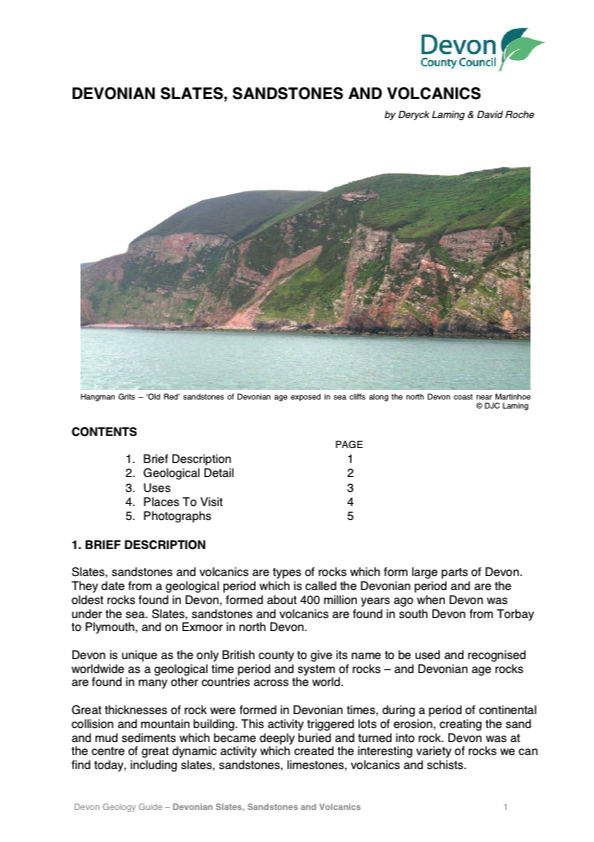Nature
A
A
Geology
Flowers
Wildlife
There is lots of geological interest in the Hope Cove area.
Devon was once part of mainland Europe and its rocks date back nearly 400 million years, which are the oldest in the region.
Flowers can be found along the coastal footpath from April to October.
In addition, the woods on the walk up to Bolt Tail are home to several species of flowers.
This section gives many examples of the wildlife that can be found in Hope Cove, on land, in the sea and in the air.
South Hams flowers
A
Most of the flowers can be found on the coastal paths. Some are more difficult to see as they prefer the cliffs and other can be found in the woods as you walk up towards Bolt Tail.
A
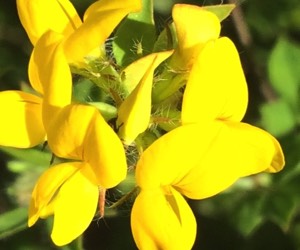
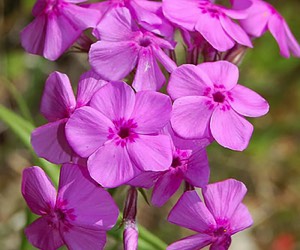
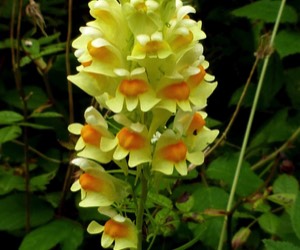
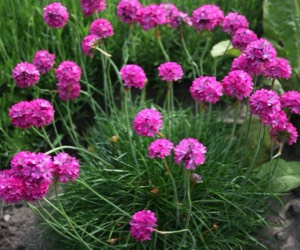
Bird's foot trefoil
Dame's rocket
Common toadflax
Sea Thrift
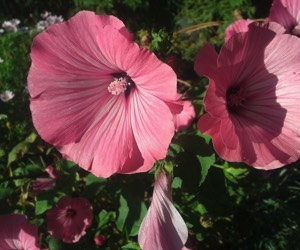
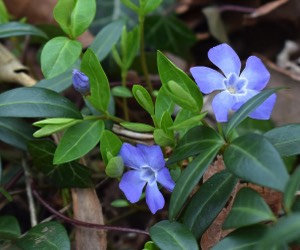
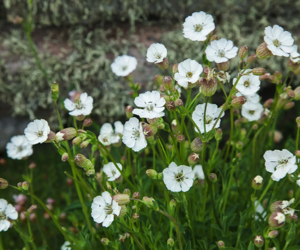
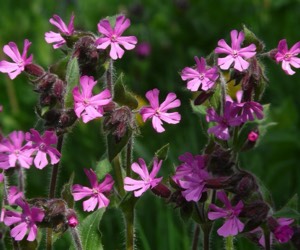
Tree Mallow
Greater Periwinkle
Sea Campion
Red Campion
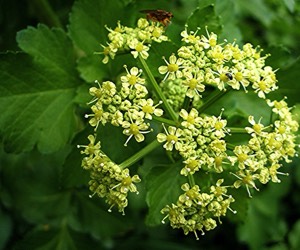
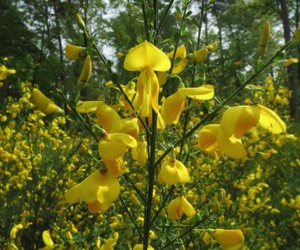
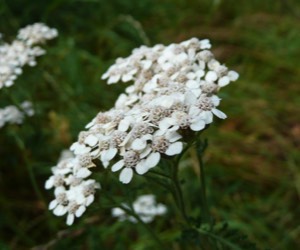
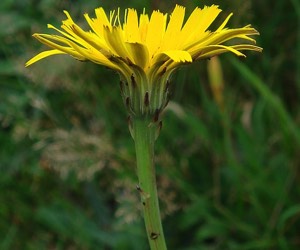
Alexanders
Common Gorse
Common Yarrow
Common Cat's Ear
South Hams wildlife
Birds
Under construction
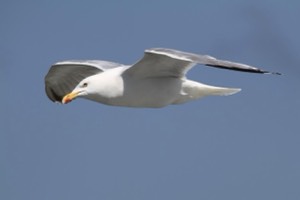
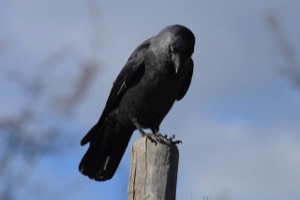
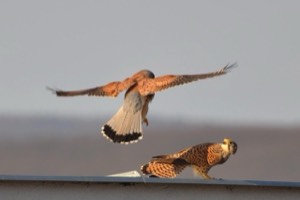
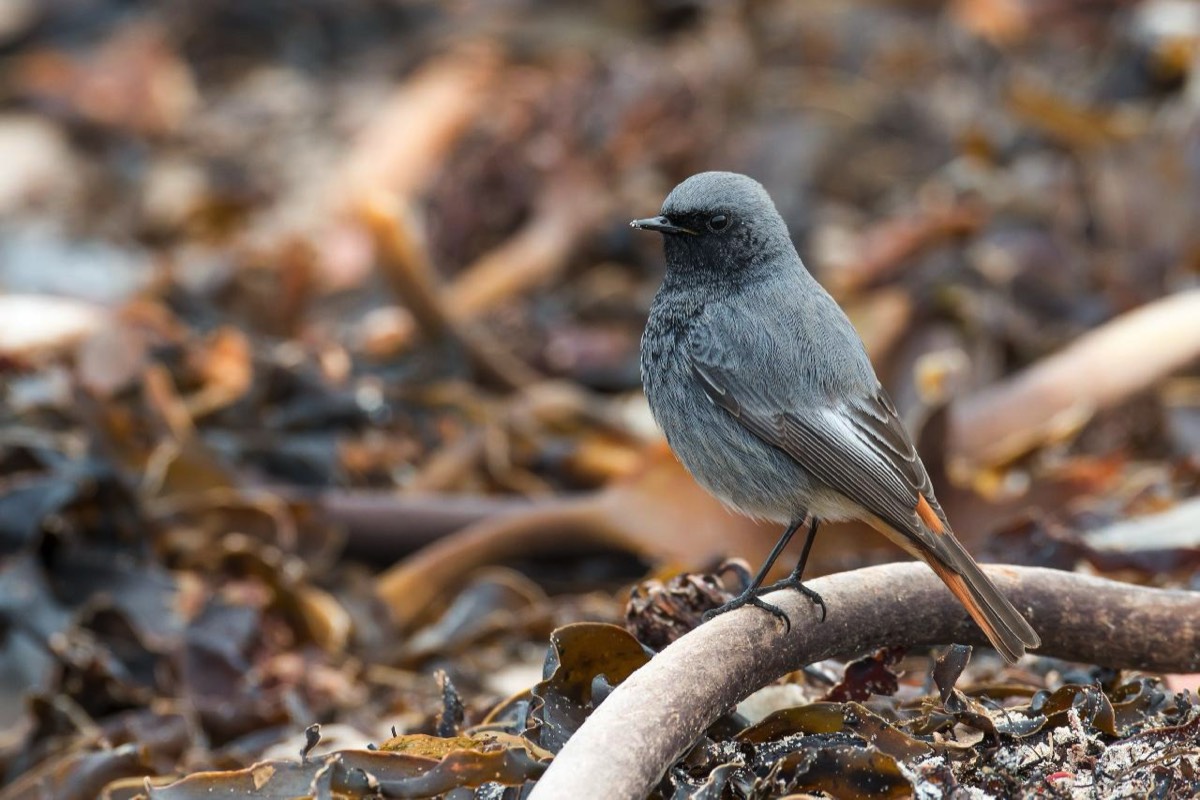
Herring Gull
Jackdaw
Kestrel
Black Redstart
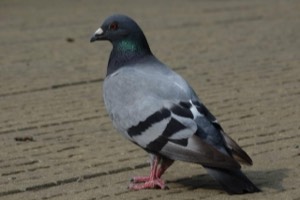
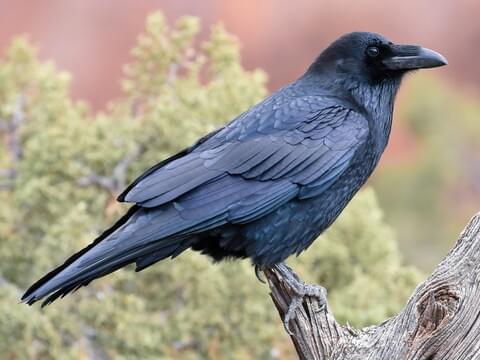
Stock Dove
Raven
At sea
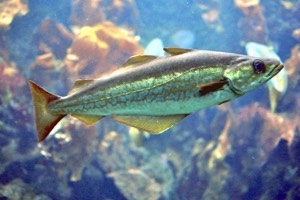
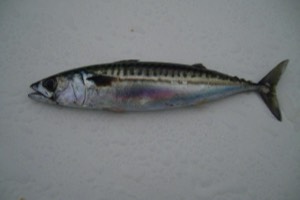
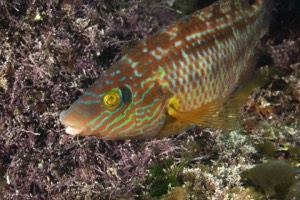
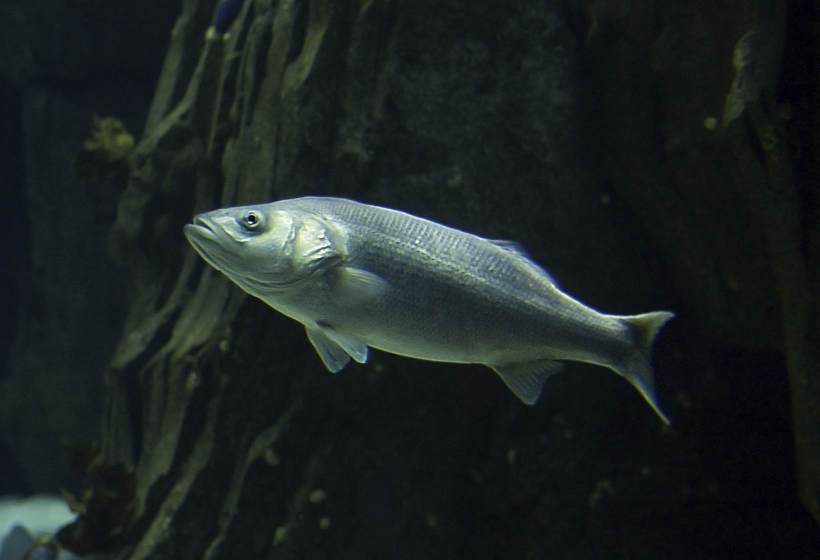
Alaska Pollock
Atlantic Mackerel
Ballan Wrasse
European Seabass
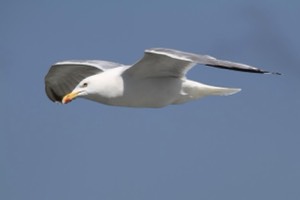
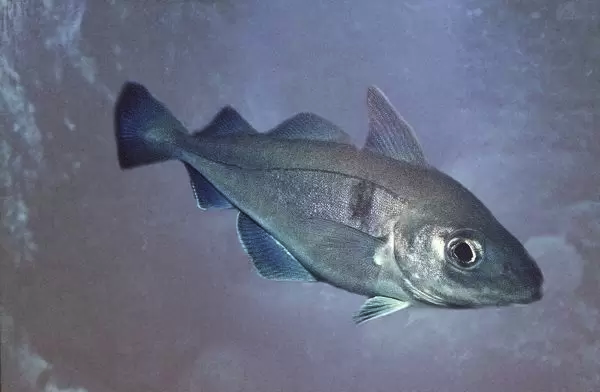
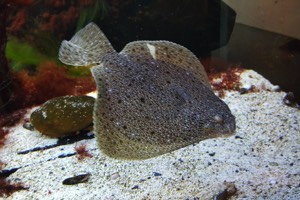
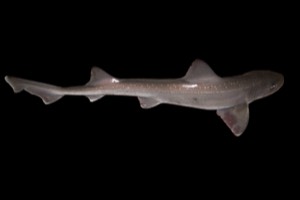
Herring
Haddock
Dab fish
Smoothhound fish
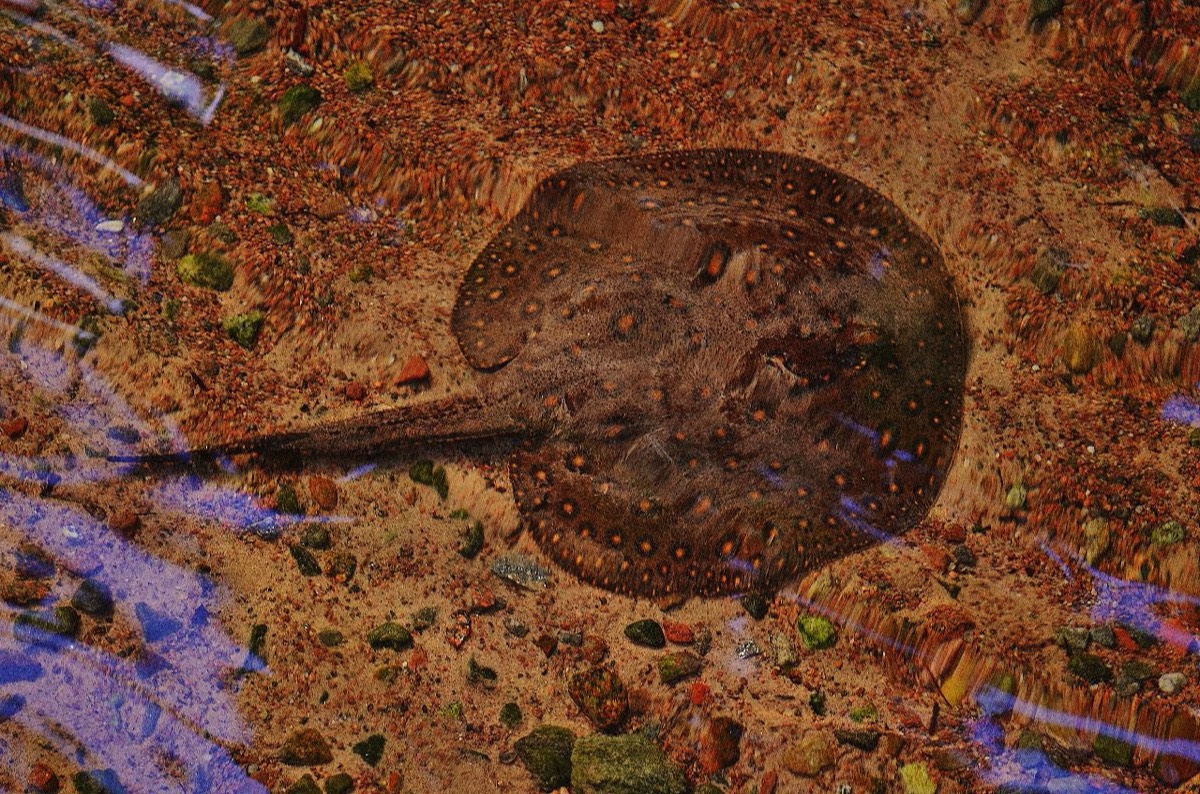
Sting Ray fish
Grey Seals
If you are in a boat please avoid going near to the seals. If your boat is motorised please slow down and give the seals a wide berth.
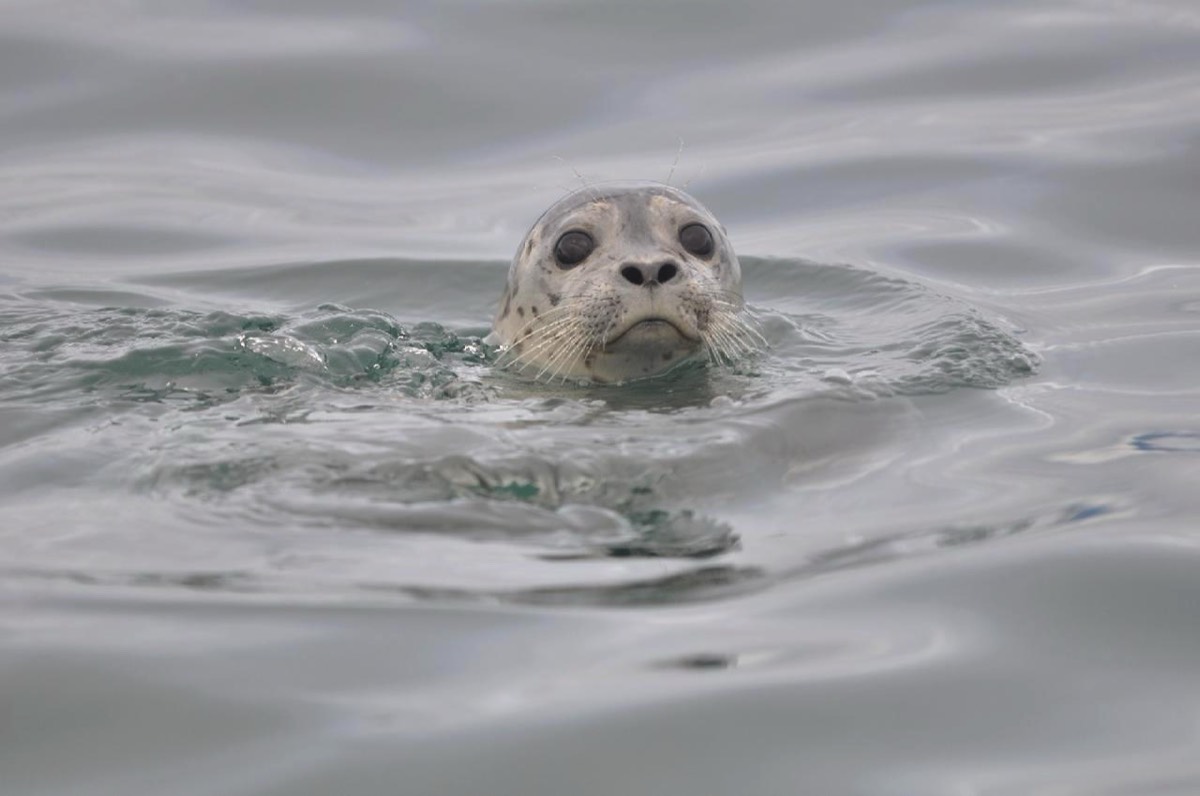
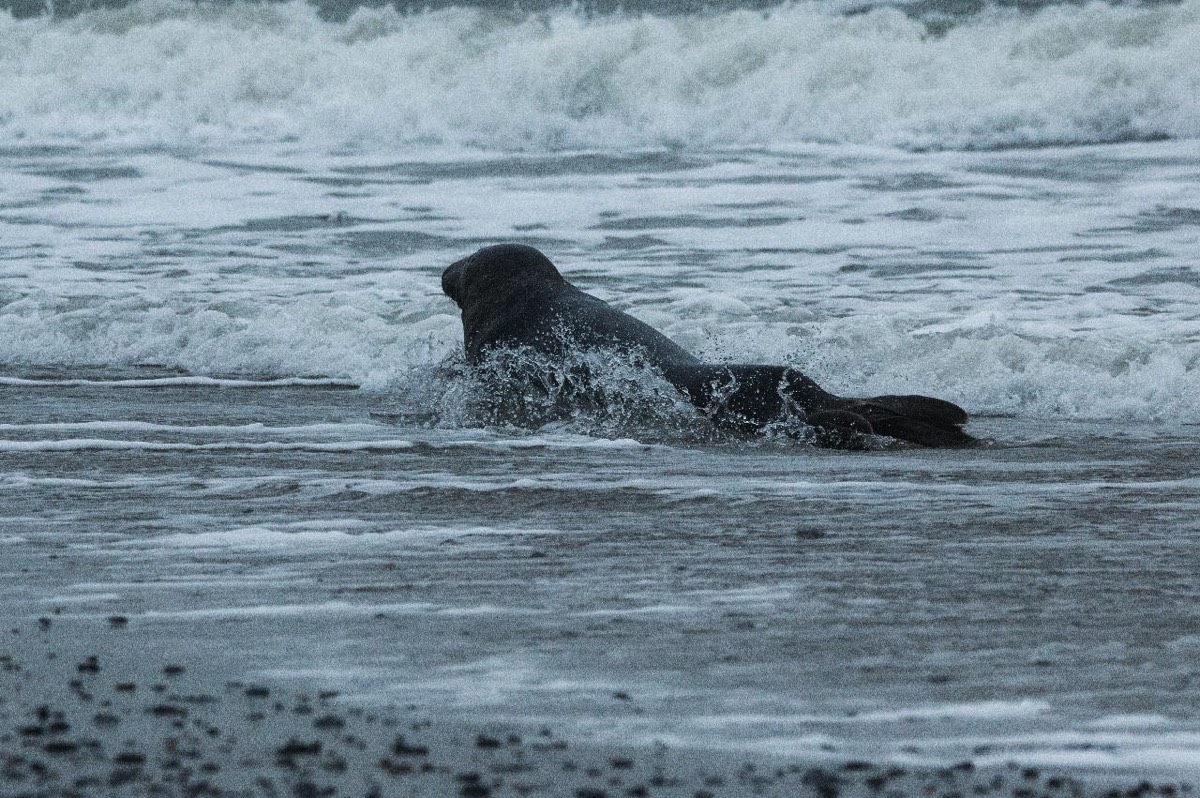
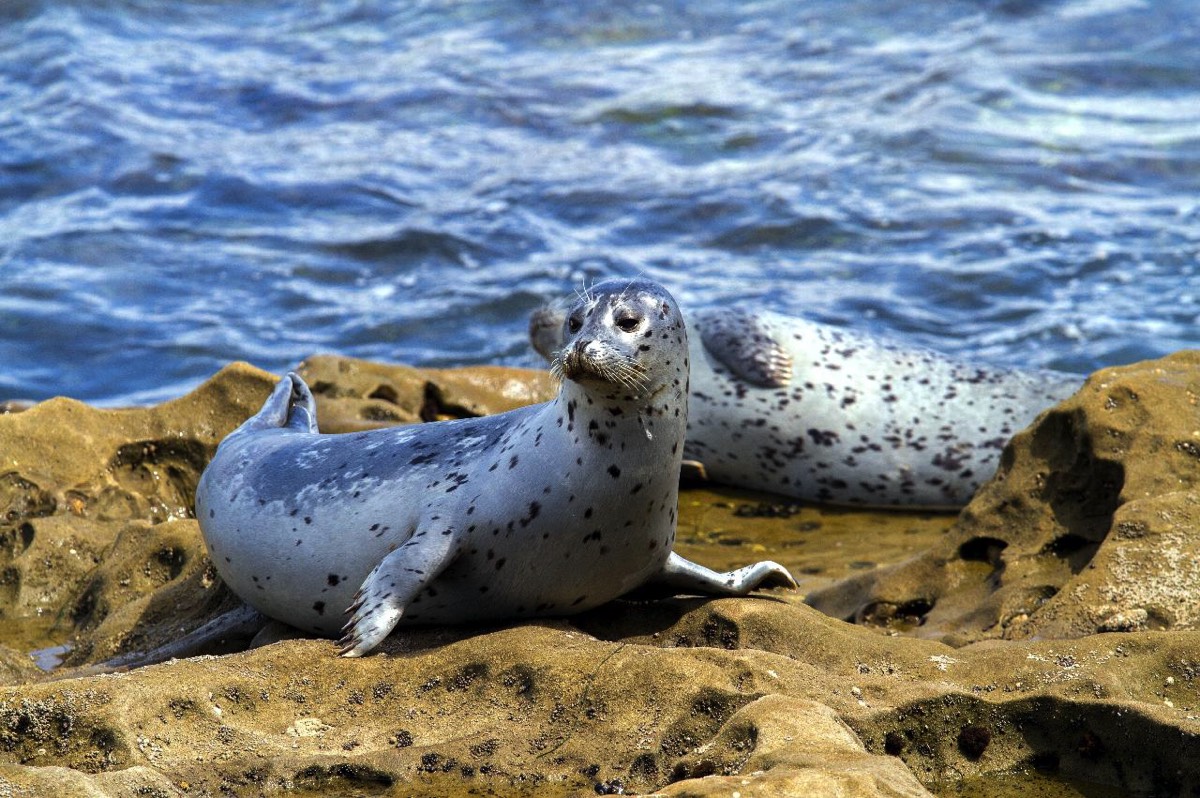
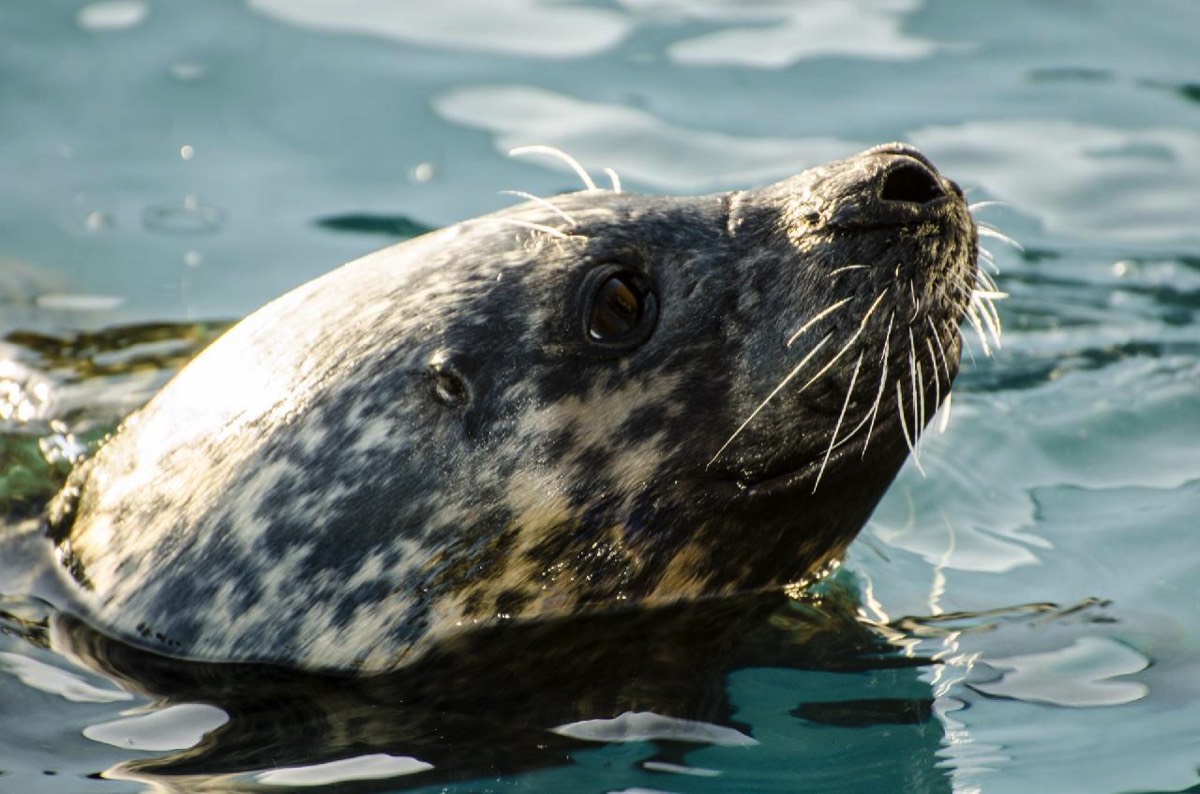
Rock pools
A
The rock pools of Mouthwell Beach (Outer Hope) at low tide can be alive with sea creatures.
Please be careful when rock-pooling. Avoid displacing limpets from the rocks.
If you place shannys, shrimps, craps etc in a bucket be sure to return them into the rock pools.
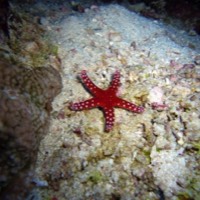
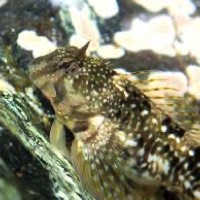
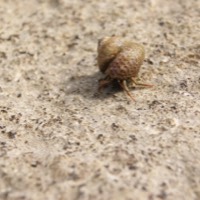
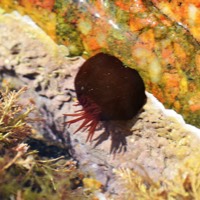
Starfish
Blenney
Crabs
Anemone
Starfish originate in the Atlantic and can occasionally be found in the rock pools. Ones found tend to be small but can grow to 20cm plus.
Blenneys (shannys) can be found under under rocks in the pools and sometimes sunning themselves on seaweed. They are small and can be hard to find as they can adapt their colour to match their surroundings.
Hermit crabs are most common and have distinctive shells, in which they hide to protect themselves.
Cancrid crabs occasionally wash up in the rock pools. These are edible and can be up to 30cm in size.
The dark red beadlet anemones are often found in the rock pools, attached to rocks. Its tentacles sting and catch its prey, like shrimps and small fish.
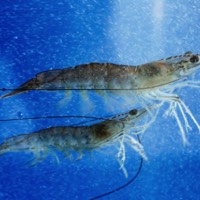
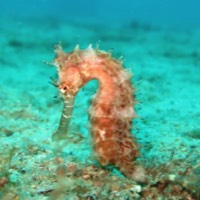
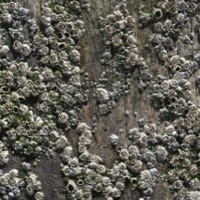
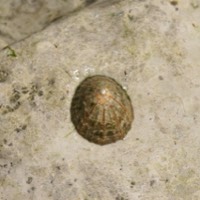
Shrimp
Seahorses
Barnacles
Cockles
Common around the costs of Britain, the translucent shrimp are typically found in the dark shaded areas of the rock pools are they are nocturnal creatures.
Seahorses get stranded by the tide, and those to be found in the rock pools tend to be small and live amongst the seaweed, so can difficult to find.
Barnacles are commonly found attached to the rocks (or the bottom of boats!). The most common od the species is the grey white acorn barnacle.
Cockles are very common around the coasts of Britain. Its distinction yellow-brown clam like shell makes it easy to spot. Often just buried beneath the sand.
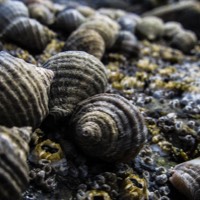
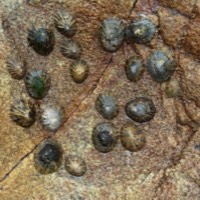
Periwinkles
Limpets
Periwinkles or sea snails are common in rock pools around the country. The shells are similar to land snails and are typically greyish brown in colour.







